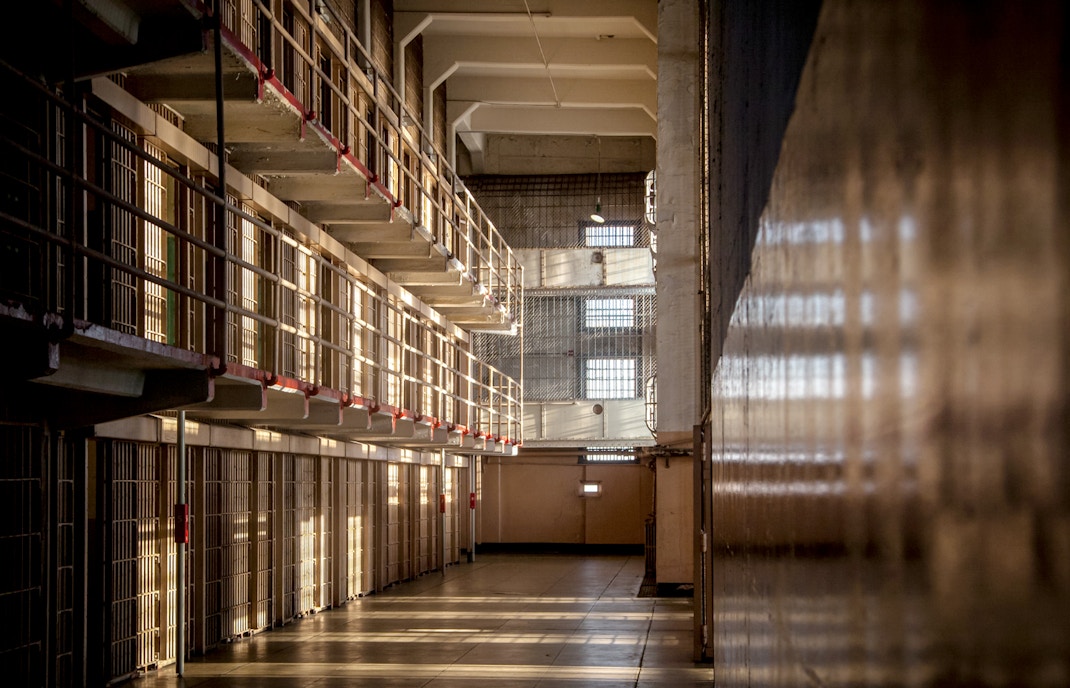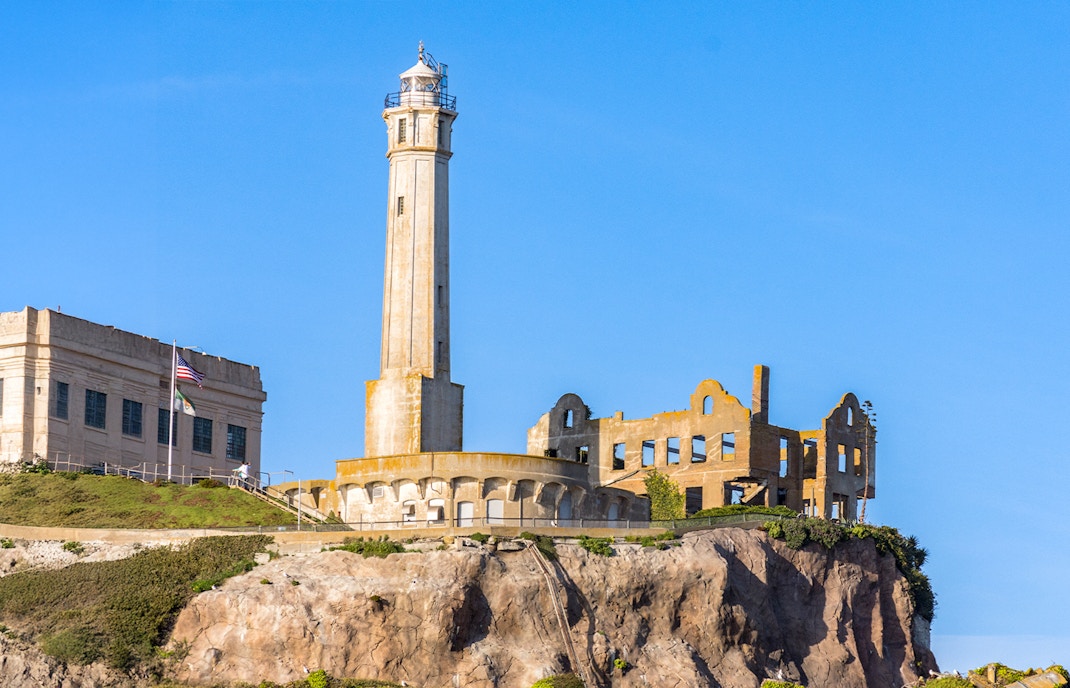Lesser-known stories of Alcatraz Island
🌼 The Alcatraz gardeners
While inmates served time, correctional officers’ families lived in nearby quarters, and some even tended to the island’s surprisingly lush gardens. Inmates later joined in, growing roses, geraniums, and even fig trees. Today, these gardens have been partially restored and still bloom, a soft contrast to the island’s stark reputation.
⚔️ The 1946 Battle of Alcatraz
One of the most violent episodes in the island’s prison history was a two-day uprising started when six inmates overpowered guards in a failed escape attempt. The standoff led to the deaths of two guards and three inmates, with the Marines eventually storming the Cellhouse. The walls still bear scars from grenades used to retake control.
🪕 Al Capone’s banjo
During his final years at Alcatraz, mobster Al Capone suffered from neurosyphilis and became a shell of his former self. He spent time in the prison band, playing banjo. Rumor has it he practiced in the showers so no one could see him—his ego still intact, even behind bars.
🪟 A secret apartment with a view
The warden of Alcatraz had one of the best views in San Francisco—his residence on the island was a spacious, private home complete with a rose garden and hosted lavish dinner parties. Guests dined just a few yards from high-security inmates.
📨 Escapee postcard
After the 1962 escape, months passed with no sign of the missing men. Then came a cryptic postcard received by a family member of one of the Anglin brothers, postmarked from South America. It was never verified, but it helped fuel the legend that maybe they survived.
Beyond stories; read 10 interesting facts




